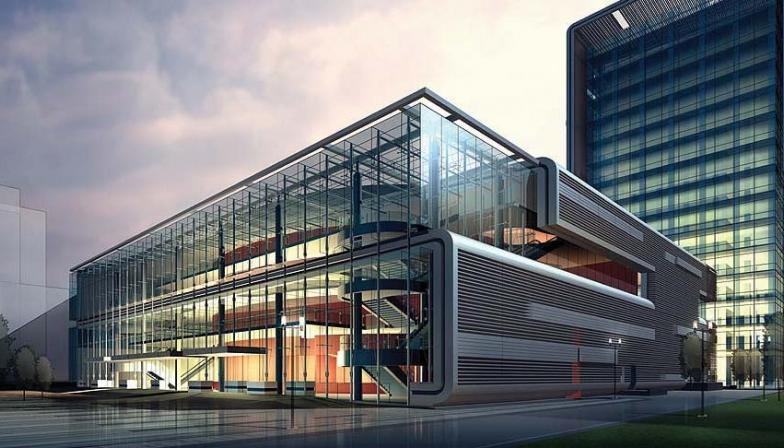Construction is one of the most important industries - consumers of steel, which accounts for more than 50 percent of the total world production of metal products. Buildings - from houses and parking lots to schools and skyscrapers - rely on steel as a source of their strength. Steel is also used in roofing structures and as facing the external walls.
According to forecasts, over the next 13 years, the population of the world will increase by just more than more than one billion people, reaching 8.6 billion in 2030 and will increase to 9.8 billion in 2050 and 11.2 billion by 2100 (World Population Prospects The 2017 Revision, UNITED NATIONS). This will be accompanied by quick urbanization. Since the need for buildings and infrastructure continues to grow around the world, reducing the consumption of natural resources and related emissions is crucial for future stability.
Starenars around the world are increasingly providing construction solutions that allow you to create energy -efficient buildings with a low level of carbon emissions. These decisions reduce the impact on the environment on the life cycle of structures and help extend their service life using the design for disassembly and re -use.
Steel can provide climatically stable solutions for infrastructure and construction needs in developing countries and cities, thanks to the creation of protective coastal and wind resistant structures. Although the buildings currently account for about 20 percent of greenhouse gas emissions, they also provide many opportunities to reduce emissions and mitigate the consequences of climate change.
Not only the availability and safety of steel, but also its inalienable properties, such as strength, versatility, durability and 100 percent suitability for repeated recirculation, can improve environmental characteristics throughout the life cycle of buildings.
advanced high -strength steel, also finding use in a number of related industries. Sea oil towers, bridges, construction machines, railway cars, tanks and vessels under pressure, nuclear, thermal and hydroelectric power plants - all these applications benefit from the characteristics of modern steels.
How steel is used in buildings and infrastructures
The possibilities of using steel in buildings and infrastructure are endless. The most common methods of using metal rolling are listed below.
For buildings
structural sections : they provide a strong, hard frame for the building and make up 25 percent of the use of steel in buildings.
reinforcing



